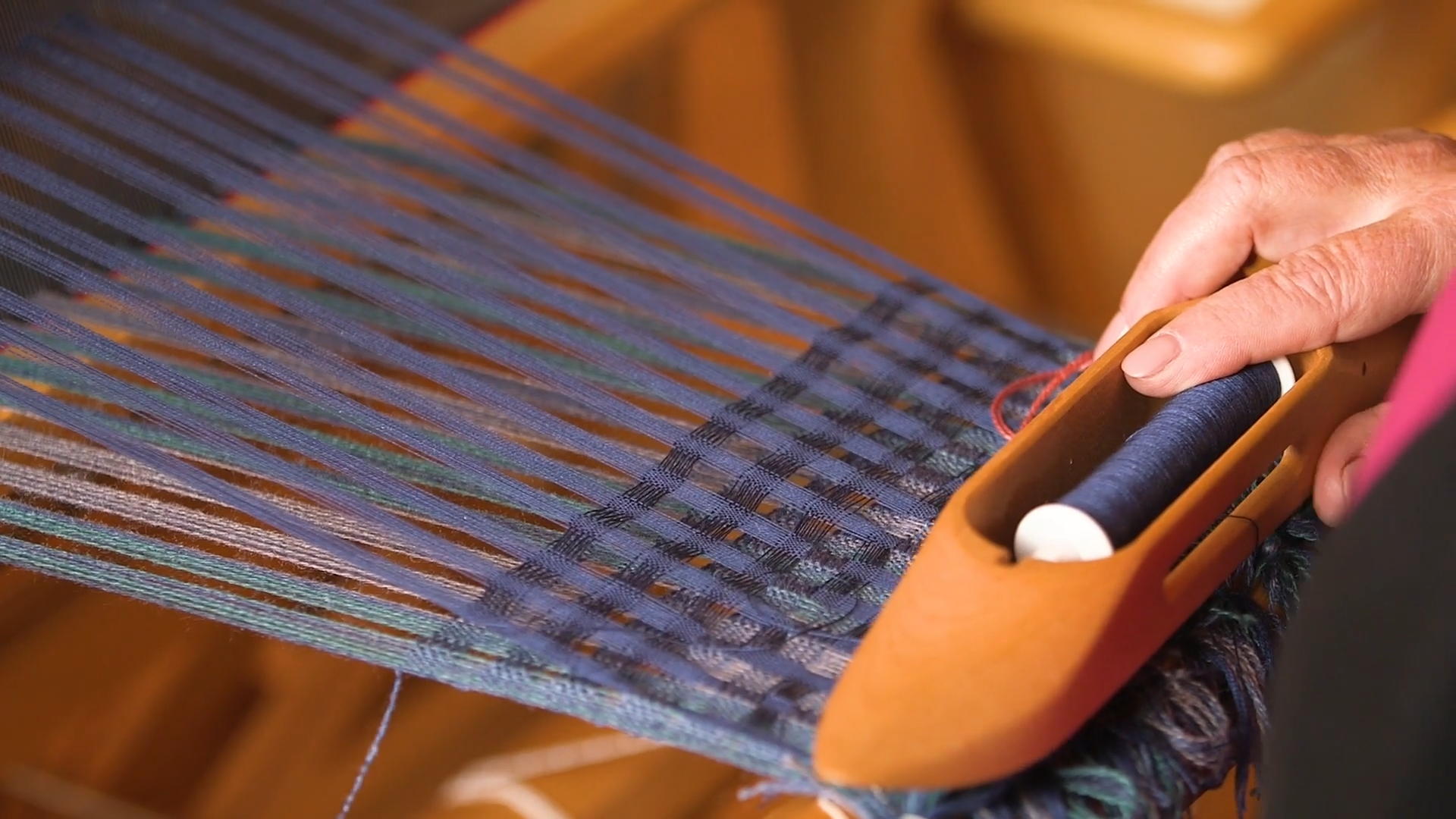Weaving Workshops
Immerse yourself in fiber and weaving with expert weavers leading the way. Whether you are looking to expand your design or color expertise, yearning to learn a new technique, or simply interested in developing your existing weaving skills, we’ve got something for you in this all-inclusive weaving retreat.
For your personal three-day workshop schedule, you’ll choose from a variety of options, including:
3-day and 2-day intensives designed to explore a subject in depth
1-day courses to help you dive into a new technique or try a new loom
Class sizes will be small and centered on learning while doing in a stress-free environment. Join us!
Each class will have different equipment requirements, so be sure you review the required supplies. If you are not able to bring the equipment needed for classes, please don’t hesitate to contact us at [email protected], and we’ll let you know about opportunities to borrow or rent tools.

